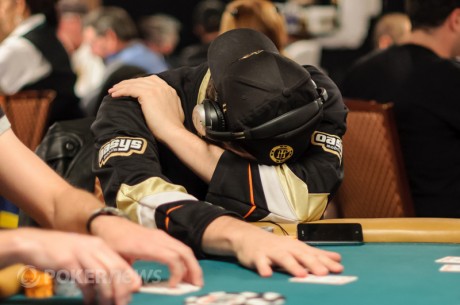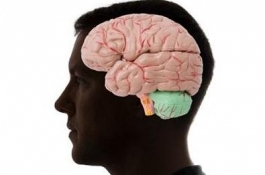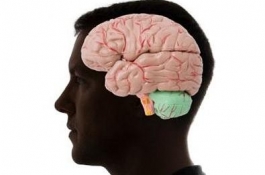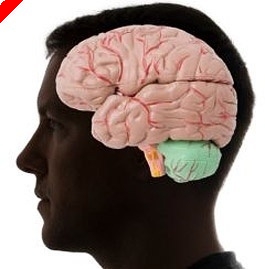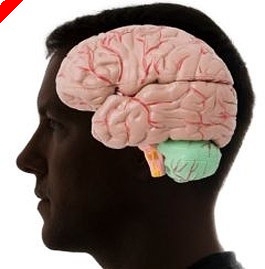The Poker Shrink, Vol 23 - Problem Poker: Part III: Some Numbers

Ed Note: If you missed part one and part two of this series, might we suggest you click here, and start from the beginning
So OK there are some poker players out there with a problem but how many? Just how big a problem is Problem Poker?
There have been several long term studies that screened military personnel for gambling-related problems. Members of the military are easy subjects to do research on because they have to follow orders and the government likes to count things. These surveys reported that in 1992, 1998, and 2003; 7.1 percent, 8.1 percent and 9 percent, respectively, of all U. S. Department of Defense personnel had at least one gambling-related problem, and 2 percent exhibited behaviors suggestive of pathologic gambling.
Now there are some mitigating factors in this data that bear some scrutiny. First, the military personnel are on average young and often away from the influence of family for the first time. In addition, the pay habits of the military tend to give a lump sum of money to the entire personnel once a month with little or no outlets for that ready cash. Gambling may be epidemic in the military but it always has been. Secondly, the increase in problem gambling numbers can be directly attributed to internet gambling. Furthermore, the incidence of Problem Poker is also high in the military for the very same reason; lots of individuals with ready cash with few outlets for the cash and the need for entertainment and relaxation-is it any wonder a poker game breaks out? But, of course, we are focusing here on behavior that can and should be identified as a problem; not simply on whether soldiers play poker on pay day. But with this baseline, we can look at other factors that might influence crossing the line from a game of poker to a problem with poker.
If you want to correlate Problem Poker with any single co-factor then look no further than alcohol abuse. In several studies, as high as 13% of heavy drinkers had one or more gambling-related problem compared with 5% of nondrinkers. Poker in a cardroom actually has a lower alcohol to problem connection, once again because of the peer pressure of the other players and the fact that management will throw your drunken butt out. But check out any of the information on internet poker and you will discover that "internet professional poker players" will always play Friday and Saturday night because of all the "drunken fish." As high as 10% of heavy drinkers were probable pathologic gamblers and nothing is faster and more adrenaline "rush" producing then a game or two of internet poker. There simply is no comparison with 16 football games on Sunday or 12 horse races on the card, not when you can have a hand of Hold'em every 15 seconds.
So if alcohol abuse precedes a Poker Problem, what follows it? The answer is depression. A major depressive disorder is likely to occur in over 75% of pathologic gamblers regardless of their form of gambling and also regardless of their winning or losing percentage. Also the severity of depression does not correlate with the amount of money spent on gambling. The losing or not winning is the key element in the depression; not the amount of the losses or even of the wins. Furthermore, suicides associated with gaming losses have been verified when the actual amount of the losses had little or no effect on the financial well being of the victim. Suicide risk is also high in pathologic gamblers--Las Vegas, Nev., and Atlantic City, N.J., have some of the highest suicide rates in the nation.
Pathologic gambling is typically a problem of men between 18 and 55 years of age, precisely the same demographic of poker players. Women comprised 24 percent of the problem gamblers in 2003--up from 13 percent in 1993. Internet gaming problems and in particularly internet Poker Problems have risen over 1000% in the same timeframe. However, that is a nearly useless number considering the state of online poker in 1993. If the figure had been 5,000% or even 10,000% it would have been no more meaningful.
What is significant is Problem Poker is correlated to both alcohol abuse and to depression. Correlations also exist to internet access and age; younger demographic groups have higher overall numbers of problem gamblers.
So who has a Poker Problem? Next week, we look at two helpful tools for diagnosing Problem Poker.





